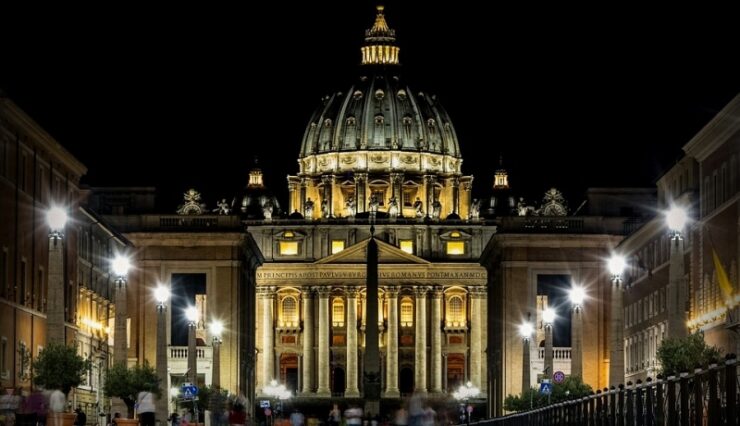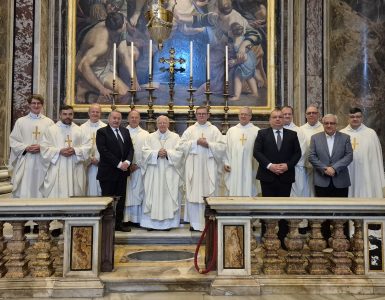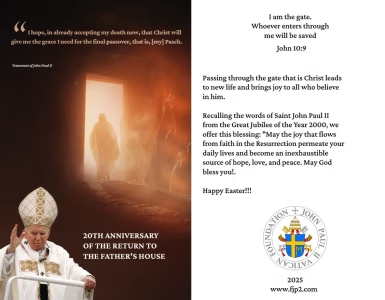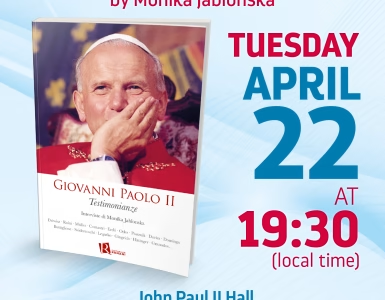The Holy Father wanted the Curia to be a true and transparent expression of the universality of Catholicism in all its aspects and for all. He knew well that the Italians were well prepared and very intelligent, and Italy had great merit in remaining faithful to Christ and the Pope. His desire, however, was for the Holy See to be the true “capital” of the entire Church, not just one country.
He called prominent individuals from every continent to the Vatican to include them central management and to be representatives of local Churches at the heart of Catholicism. This can be described as a true, visible manifestation of episcopal collegiality.
Of the many that I should mention, I am thinking of Cardinal Francis Arinze of Nigeria or Cardinal Roger Etchegaray, the Frenchman to whom as “Messenger of Peace”, the Pope has entrusted many difficult missions in war-torn countries and those in which the terrible conflict has just ended: from Lebanon to Bosnia and Herzegovina, from Iraq to Sudan.
In fact, it was only with the Encyclical letter Redemptoris missio (1991) that the horizon of the Church became definitively worldwide. With his apostolic journeys, Karol Wojtyła “accompanied” this orientation of the evangelization mission on the North-South line. In this way, he could learn about the tragic realities of third world countries and see with his own eyes the exploitation that these countries were subjected to by rich nations, the misery, socio-economic and cultural underdevelopment in which they were located.
With the consent of Cardinal Stanisław Dziwisz – “Testimony”.
TBA marketing communication Publishing House. Warsaw 2007





